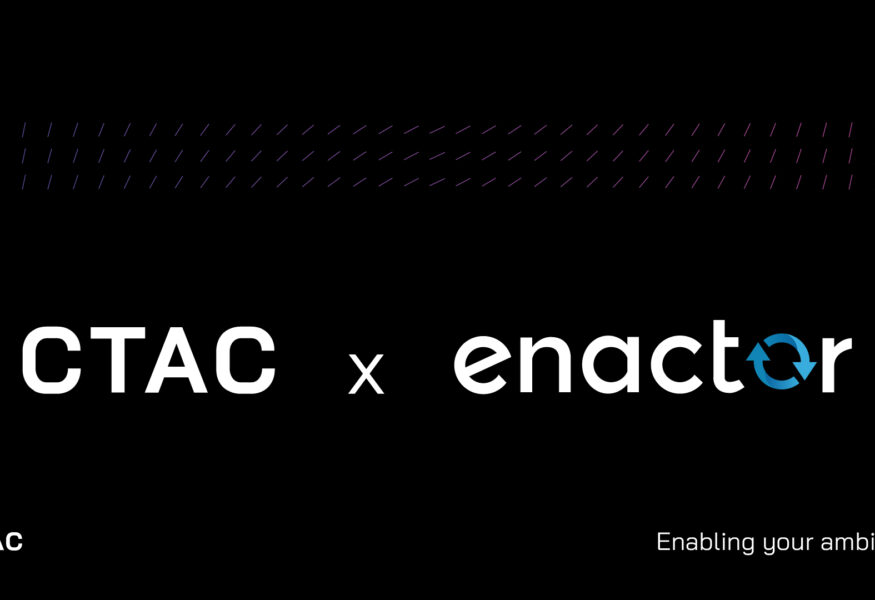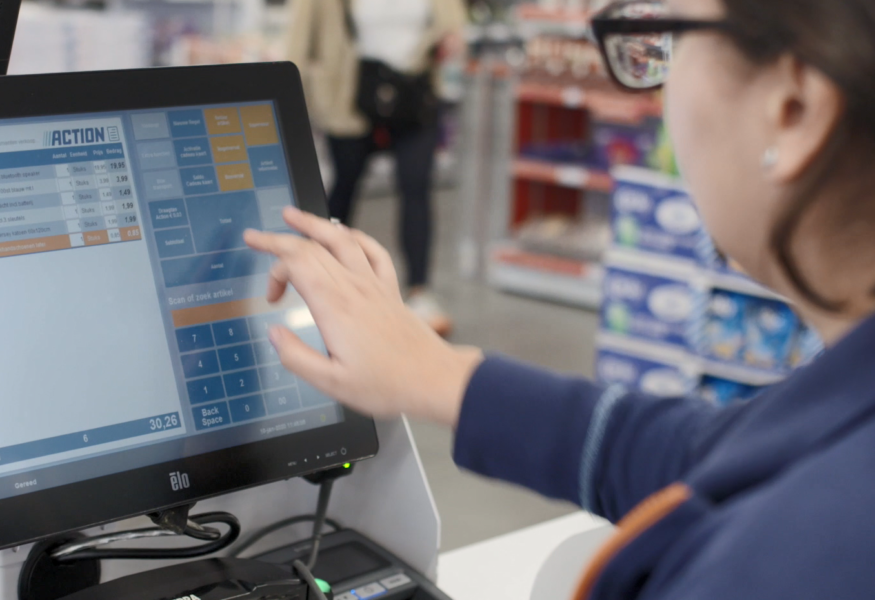The modern consumer is constantly switching between channels. He or she moves effortlessly from online to offline and back again. In this reality, retailers cannot afford barriers: sales channels must work together seamlessly to remain competitive. Unified Commerce offers the solution to break down barriers, reduce costs and become future-proof.
In this blog series, we address the key role of flexibility in retail . We have defined five essential guidelines for flexibility, the first of which we discuss below: support of every sales channel, without concession.
Everywhere and always consistently present
Sales today take place on a wide range of channels, from physical stores to marketplaces, pop-up stores, voice assistants, international marketplaces and even virtual worlds. Everywhere commerce is the new normal, and new sales channels will continue to emerge.
Online channels continue to evolve: where Instagram first acted primarily as an orientation platform, consumers can now make purchases directly, supported by real-time recommendations and personalized offers. Innovations such as Google Lens, which allows consumers to scan products and buy them directly, or Alexa making suggestions while cooking, are also examples of contextual commerce. This highlights the growing need for a dynamic, integrated approach to retail that adapts to the consumer’s situation.












